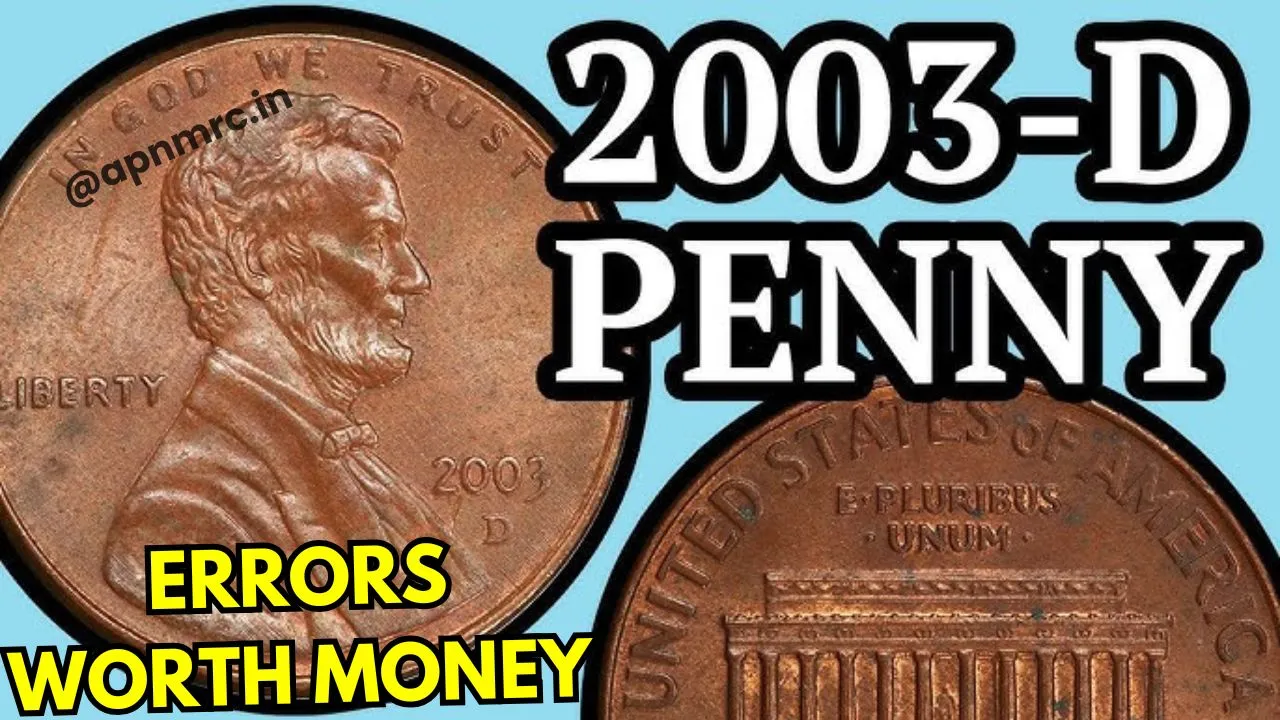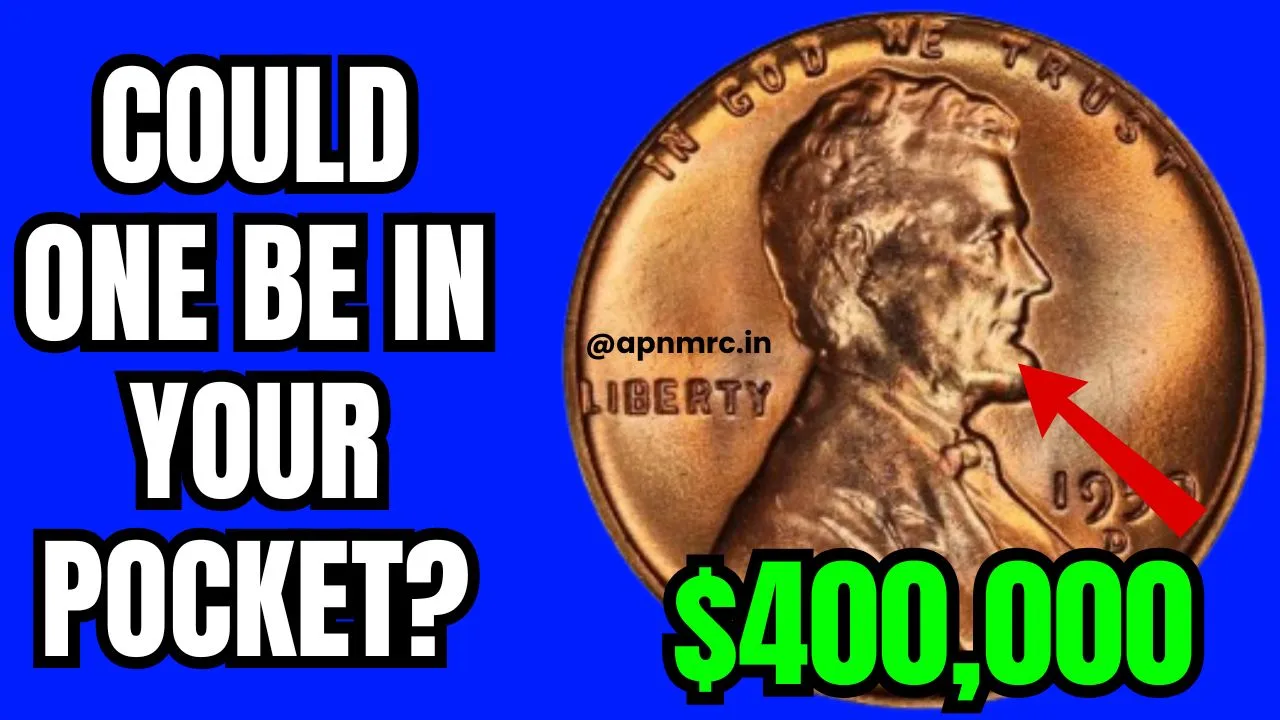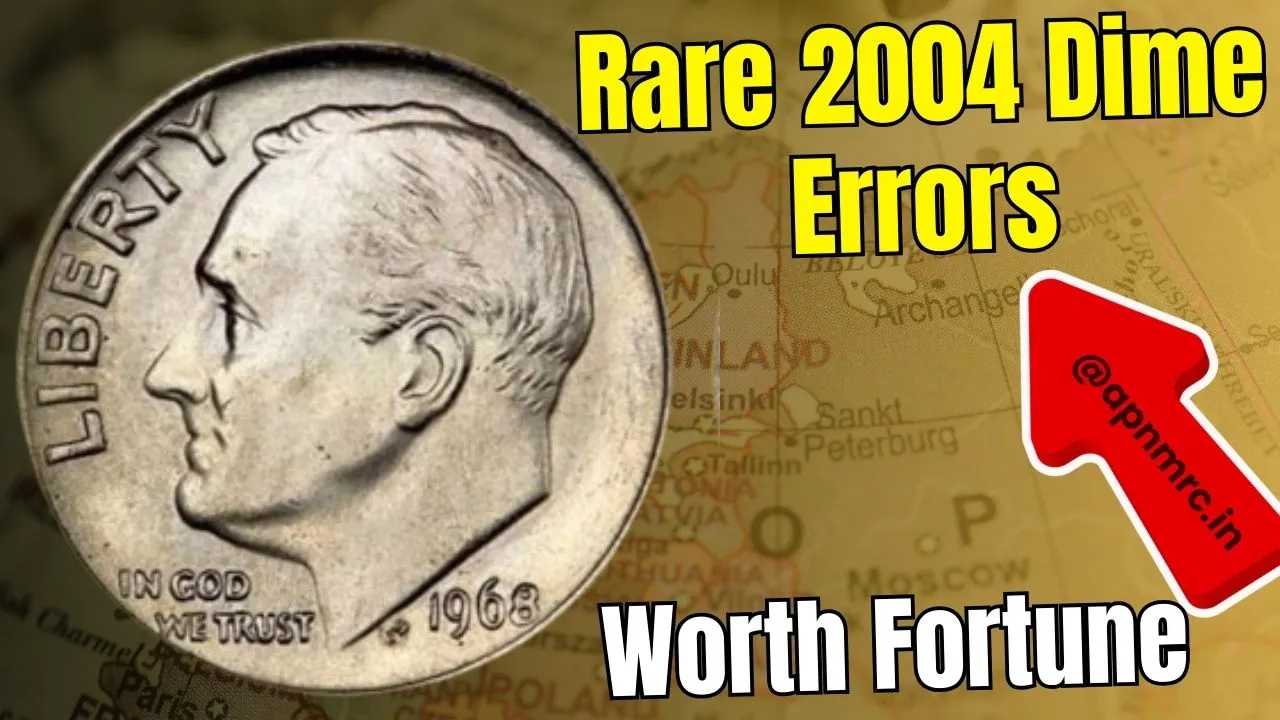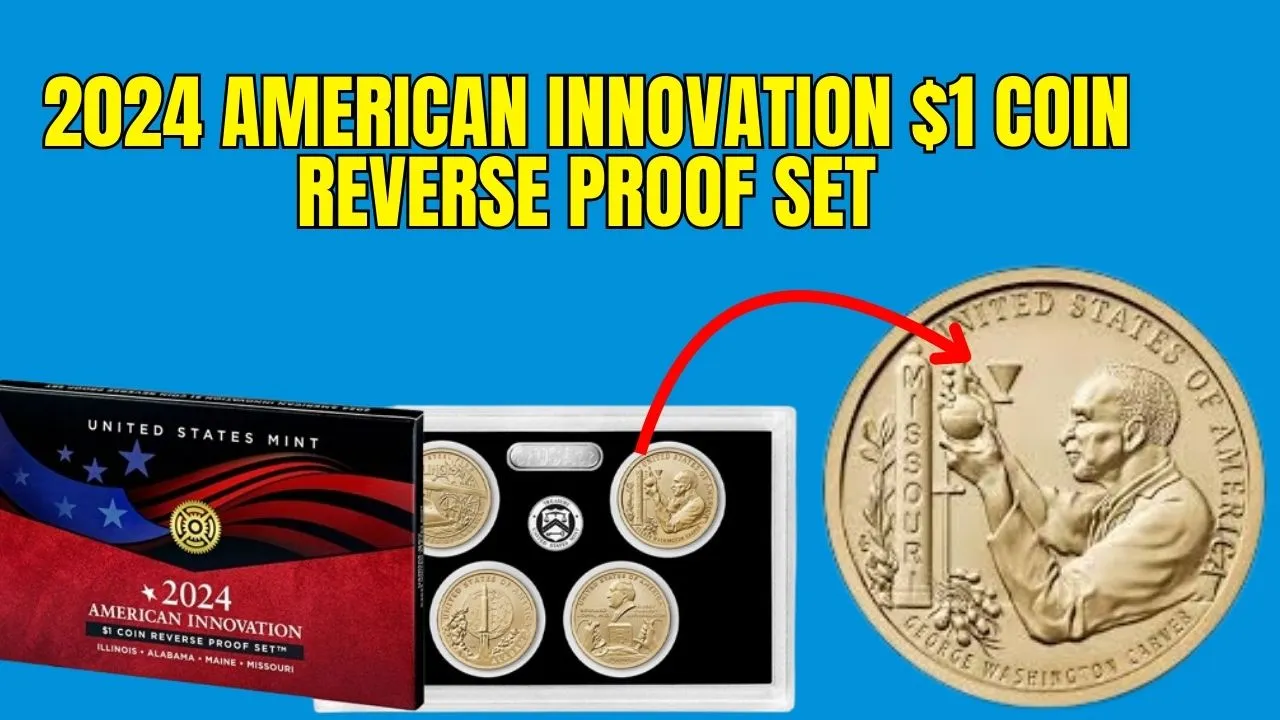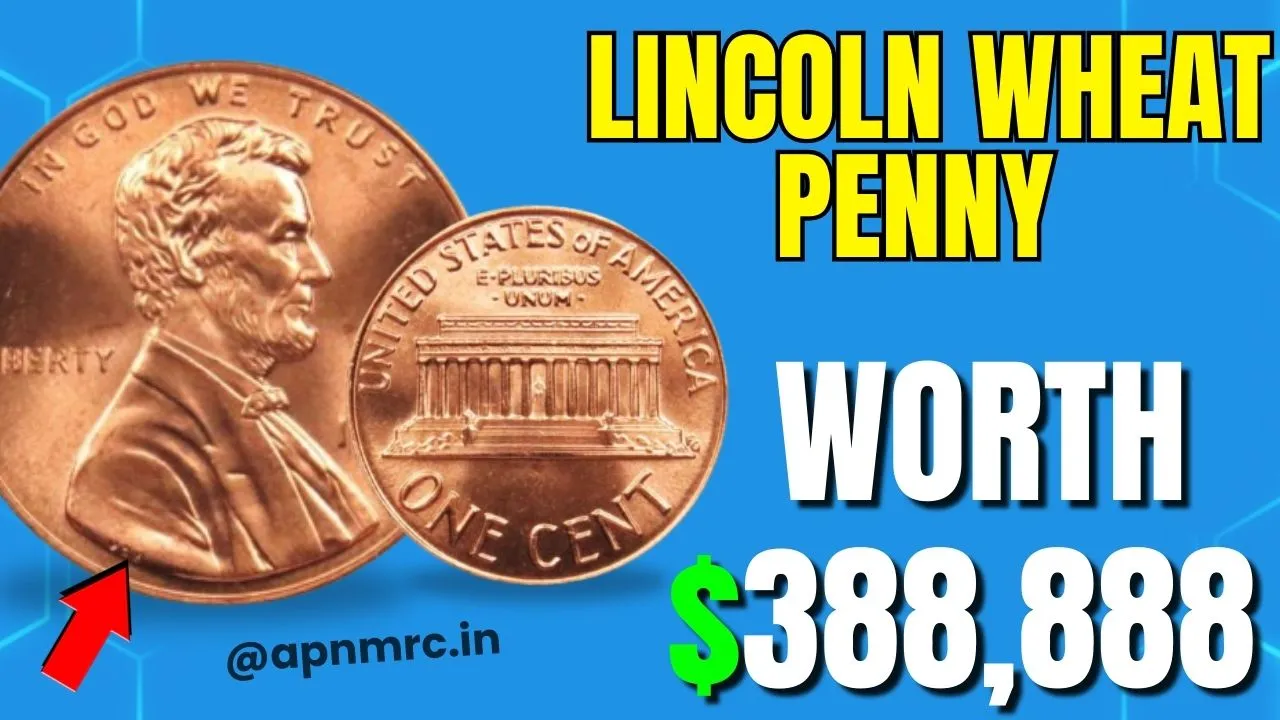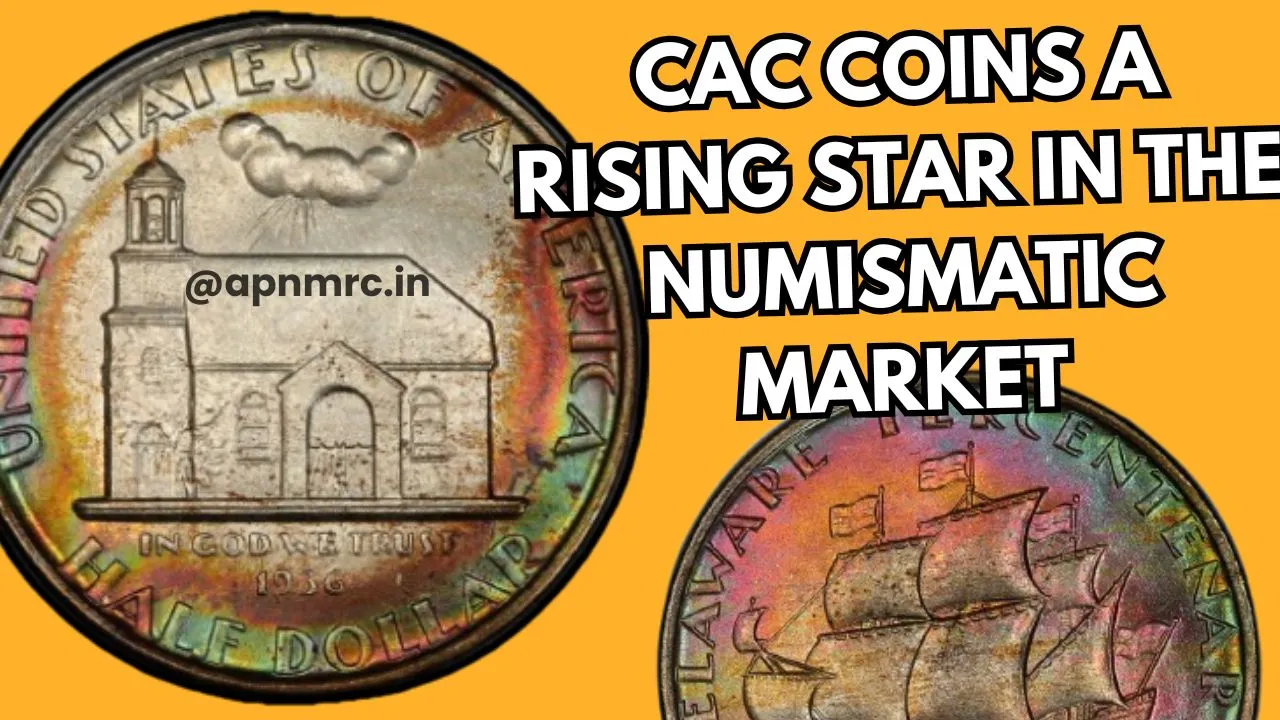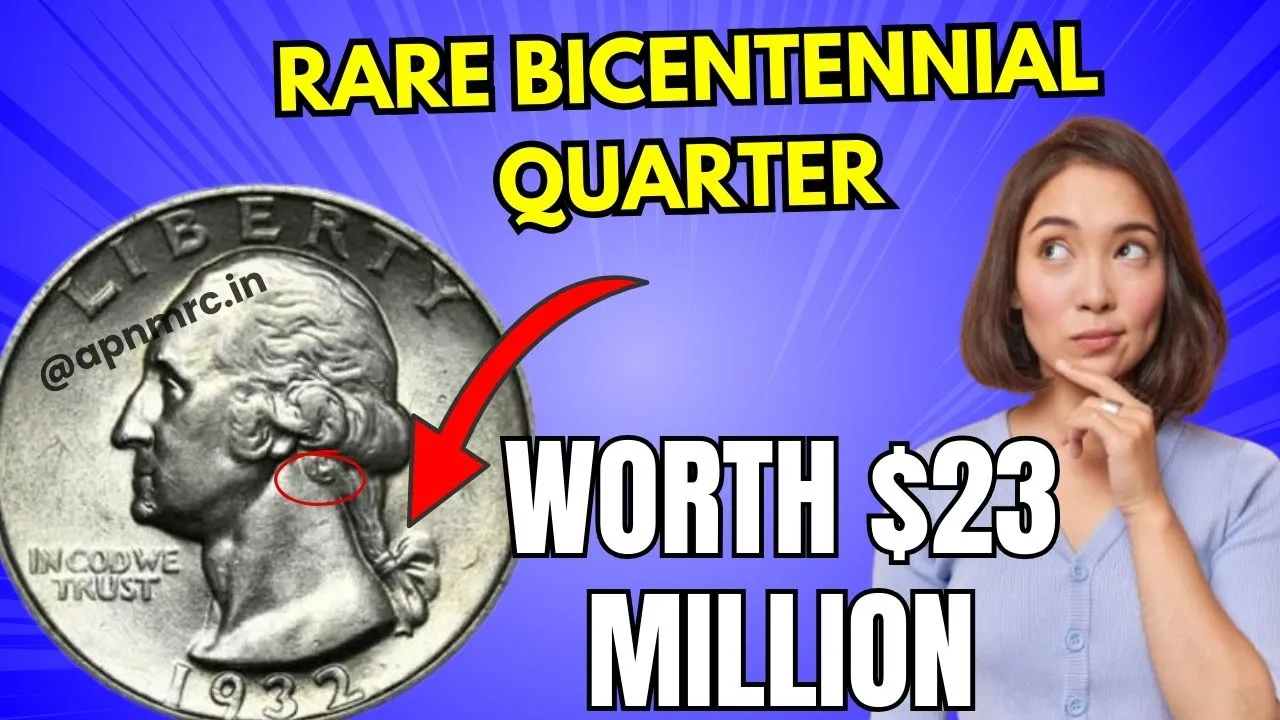Rare 2003 Penny Errors Worth Money: Are you sitting on a fortune without realizing it? Hidden among billions of ordinary pennies minted in 2003 are rare 2003 penny errors that could be worth hundreds—or even thousands—of dollars. These minting mistakes have captured the attention of avid collectors, transforming everyday coins into highly sought-after treasures.
This guide will introduce you to some of the most valuable 2003 penny errors and explain why they’re so special. From dramatic off-center strikes to subtle die clashes, these errors provide an exciting opportunity for collectors. Read on to discover how to spot these hidden gems and their potential value!
Key Overview of 2003 Penny Errors
| Error Type | Key Feature | Estimated Value | Example Sale Price |
| Misaligned Die Error | Off-center design on one side | $100–$685 | Sold for $685 (MS65) |
| Filled Die Error | Weak or missing details | $50–$250 | Sold for $250 (MS65) |
| Broad-Strike Error | Enlarged and distorted appearance | $200–$925 | Sold for $925 (MS64) |
| Die Clash Error | Obverse and reverse design overlap | $300–$1,215 | Sold for $1,215 (MS63) |
| Wrong Planchet Error | Struck on a mismatched planchet | $500–$1,400 | Sold for $1,400 (MS63) |
The Most Valuable 2003 Penny Errors
1. Misaligned Die Error
One of the most commonly recognized errors is the misaligned die error, where one side of the coin has a shifted design while the other appears normal. This error occurs when the obverse and reverse dies are not properly aligned during striking.
The value of a misaligned die error depends on how dramatic the misalignment is. A coin with significant offset can command high prices, such as the 2003-S penny graded MS65 that sold for $685. Look closely at the rims of your coins for any irregularities or offset designs.
2. Filled Die Error
Filled die errors result from debris—such as grease, dust, or tiny metal shavings—getting trapped in the die. This prevents certain parts of the coin’s design from being fully impressed onto the surface.
For 2003 pennies, the date and letters in “LIBERTY” are common areas affected by this error. Coins with missing or weak design elements can fetch up to $250. Keep an eye out for these subtle but valuable flaws when examining your pennies.
3. Broad-Strike Error
A broad-strike error occurs when the collar that holds the coin in place during striking malfunctions. Without the collar, the coin spreads outward, resulting in a larger and thinner appearance with a distorted rim.
This type of error is visually striking and can fetch impressive prices. For instance, a 2003-D penny graded MS64 with a broad-strike error was auctioned for $925. If you spot an unusually shaped penny, it might be worth a closer look!
4. Die Clash Error
The die clash error is a fascinating mistake that happens when the obverse and reverse dies strike each other directly without a planchet in between. This causes faint imprints of the obverse design to appear on the reverse side, and vice versa.
For collectors, this error is highly desirable due to its unique appearance. A 2003-P penny with a die clash error sold for an impressive $1,215 at auction. Inspect both sides of your coins under bright light to catch these subtle overlaps.
5. Wrong Planchet Error
One of the rarest and most valuable errors is the wrong planchet error, which occurs when a coin is struck on a planchet intended for a different denomination. Imagine finding a penny struck on a dime’s planchet—this mismatch is what makes these errors so coveted.
In 2018, a 2003-D penny graded MS63 and struck on a dime planchet fetched $1,400 at auction. These coins are rare, so if you notice unusual weight or size differences in a penny, it could be a jackpot find.
Lesser-Known but Intriguing Errors
6. Partial Collar Strike Error
A partial collar strike error occurs when the planchet is only partially seated in the collar during the striking process. This results in flattened or uneven edges, with ridges visible from the side.
Though less dramatic than other errors, partial collar strikes can still command respectable prices. A 2003-P penny graded MS66 with this error sold for $410 in 2021.
7. Off-Center Strike Error
The off-center strike error is another striking flaw that results from a misaligned planchet during minting. The design is pushed toward the edge, leaving part of the coin blank.
The degree of misalignment plays a big role in determining the coin’s value. A 2003-D penny graded MS64 with a 30% off-center strike sold for $680 in 2017. The more extreme the off-center design, the higher the premium.
How to Identify and Collect 2003 Penny Errors
- Inspect Coins Closely: Use a magnifying glass to examine details like the rims, inscriptions, and design alignment.
- Learn Key Features: Understand the differences between errors, such as die clashes, misalignments, and broad strikes.
- Weigh Suspicious Coins: A coin struck on the wrong planchet may weigh less or more than normal.
- Get Expert Opinions: If you find a coin with an unusual feature, have it evaluated by a professional coin grader.
FAQs About 2003 Penny Errors
1. What makes 2003 penny errors valuable?
Rarity and uniqueness make these errors valuable. The more dramatic the error, the higher the demand among collectors.
2. Can I find 2003 penny errors in circulation?
Yes, it’s possible. Many error coins remain unnoticed in circulation, so carefully inspect your change.
3. How much are 2003 penny errors worth?
Values range from $50 to over $1,000 depending on the error type and coin condition.
4. Are 2003 Lincoln pennies worth collecting?
Yes, especially if they contain errors. These pennies are affordable to collect and can yield significant returns if you find rare errors.
5. Where can I sell 2003 penny errors?
You can sell them through online platforms like eBay, at coin shows, or through certified coin dealers and auctions.
Final Thoughts
Collecting 2003 penny errors is an exciting way to turn ordinary coins into extraordinary finds. With the potential to discover coins worth hundreds or even thousands of dollars, these minting mistakes are worth keeping an eye out for. Start inspecting your change today—you might already have a rare treasure in your pocket!
Have you come across any unique 2003 pennies? Share your experiences in the comments, and don’t forget to explore more articles to enhance your coin-collecting journey!
